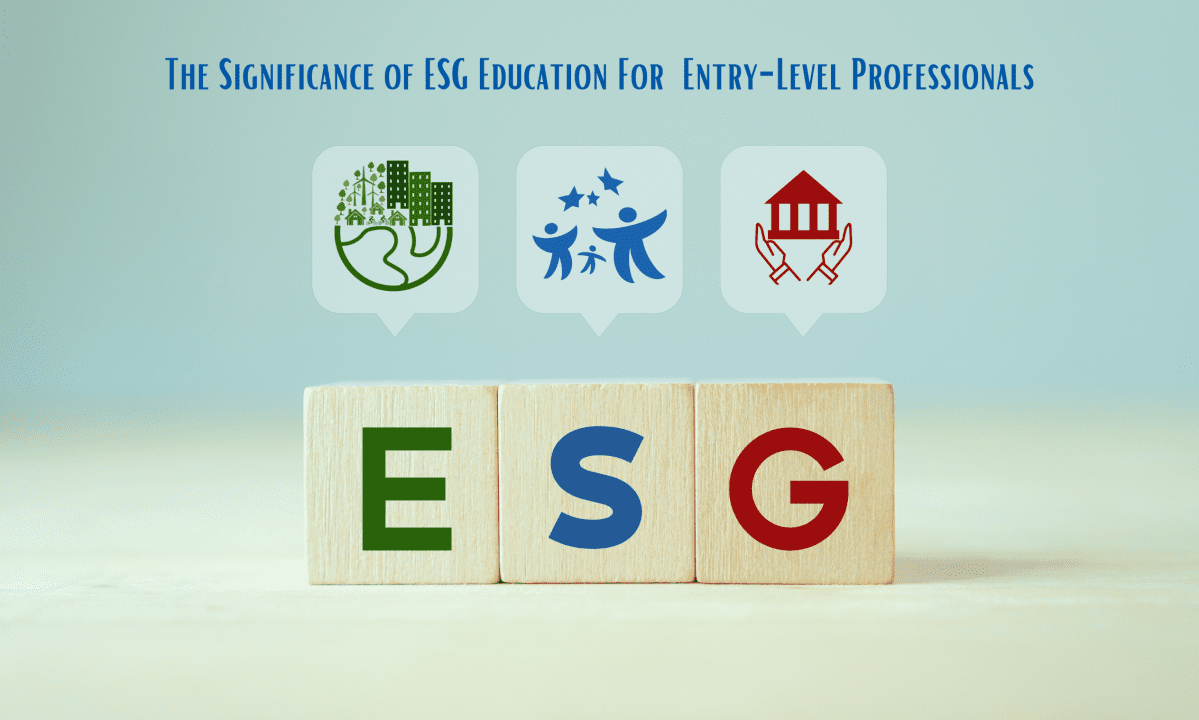ESG, known as the current assessment for environmental, social, and governance, comprises the main criteria/elements measuring the sustainability and ethical impacts of investments committed to Planetary Health outcomes. There are crucial demands in ESG implementation, emphasizing integrity, transparency, accountability, and responsibility in the supply chain of ecosystems in business, manufacturing, and other sectors. These aspects significantly influence environmental challenges. Consequently, several global organizations have integrated this commitment into their portfolios to ensure the trustworthiness of their upstream-downstream ecosystems aligns with sustainability agendas and the reliability of outcomes.
ESG typically establishes clear and consistent sustainability reporting standards and guidelines that align with stakeholder expectations, including investors, regulators, and rating agencies, preventing discrepancies within operations. However, ESG can be useful as an early commitment for higher institutions due to similarities in trustworthiness and reputation of academic and research outcomes in the future. This includes implementing robust policies, processes in the education system, and internal controls to ensure the completeness, validity, and consistency of ESG data collection, management, and disclosure in the core business of learning institutions. At Universiti Teknologi Malaysia (UTM), since the launch of Blueprint 2030 earlier this year, the momentum of sustainability criteria in the core values continues to support the framework of ESG for the upcoming years. UTM is also committed to Planetary Health for Science, Technology, and Innovation (STI), standing tall with other reputable institutions. More importantly, this will strengthen brand equity and goodwill by aligning practices with ESG principles and demonstrating the university’s commitment to social and environmental causes. Therefore, early next year, UTM will produce the first report on ESG Materiality Assessment to continue supporting the action plan in the institution.
Considering the future probability of data science and climate action-plan databases, higher institutions stand to benefit from increased funding and investment opportunities from ESG-mandated funds, with a total holding value of USD 143.5 billion in Bursa Malaysia, as reported in February 2022. By incorporating ESG criteria and elements in academic and research output, a culture of innovation and creativity among students and faculty can be fostered. This, in turn, supports climate action works, with key factors such as reducing operational costs and risks through the adoption of green technologies and practices, including energy efficiency, waste management, and carbon footprint reduction, enhancing sustainable benefits in real practices. This contributes significantly to national and global goals of sustainable development and the Paris Agreement.
However, there are a few drawbacks and challenges in establishing ESG frameworks at higher institutions. Some institutions, particularly those with restricted statutory constituents, may face legal or policy barriers preventing full integration of ESG criteria into their operations and decisions. Some fiduciary duties may limit the scope of ESG considerations or require a narrow interpretation of financial returns. Additionally, a reluctant policy by top management, lacking support or commitment from key stakeholders, may result in resistance, inertia, or confusion about the benefits and costs of ESG. Institutions may struggle to collect, manage, or report ESG data or incorporate ESG criteria into the university’s report, similar to the non-mandatory weightage of sustainability reports in higher education. Furthermore, the inflexible portfolio of assets or investments in existing university funds may limit exposure to ESG opportunities or risks. For example, some higher institutions may heavily rely on fossil fuels or other carbon-intensive sectors that pose environmental and social challenges.
While higher institutions already understand sustainability initiatives and programs, implementing ESG requires institutions to be more critical at the core business and become role models in integrating sustainability targets. This allows more engagement and education of stakeholders on the importance and benefits of ESG practices, soliciting their feedback and input on the best ways to achieve ESG goals. Another motivation for ESG implementation in higher institutions could be sustainable financial portfolios, diversifying their portfolio of assets or investments to include more ESG-friendly or ESG-neutral sectors, such as green buildings, renewable energy (towards Net Zero Carbon), clean transportation (fleet management services), or education and health services. Universities also need to leverage their technology and artificial intelligence (AI) to automate and streamline ESG data gathering, validation, and analysis, reducing human errors and biases, preparing for future-ready exercises in the workplace. However, instead of relying solely on data sciences, the assistance of external experts or organizations specializing in ESG reporting and verification will significantly improve independent assurance or certification of ESG data quality reporting. This ensures ESG data is monitored regularly and transparently, addressing any gaps or discrepancies in a timely and responsible manner.

By Professor Ir. Ts. Dr. Mohd Fadhil Md. Din, Director of UTM Campus Sustainability.

